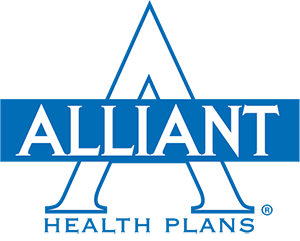What is heart disease?
Heart disease is a heart and blood vessel condition. Most heart disease results from a buildup of cholesterol plaque in the walls of the arteries that supply blood to the heart. This is known as atherosclerosis. The buildup of cholesterol plaque narrows the arteries, making it harder for blood to flow. If a blood clot forms, it can stop the blood flow. This can result in a heart attack.
What is a heart attack?
A heart attack happens when blood flow to a part of the heart is blocked off. This means that the part of the heart muscle supplied by the blocked artery begins to die if the blocked artery isn’t opened up quickly.
What are the signs of a heart attack?
- Chest discomfort: Most heart attacks involve discomfort in the center of the chest that lasts more than a few minutes, or that goes away and comes back. It can feel like uncomfortable pressure, squeezing, fullness or pain.
- Discomfort in other areas of the upper body: Sometimes symptoms can include pain or discomfort in one or both arms, the back, neck, jaw or even the stomach.
- Shortness of breath: This can occur with or without chest discomfort.
- Other signs may include nausea, breaking out in a cold sweat or lightheadedness.
It is essential to know the warning signs of a heart attack in order to reduce damage to the heart.
What can I do to help avoid heart disease?
You can reduce your risk of heart disease by making lifestyle changes, such as keeping a healthy weight, being more physically active, eating more fruits, vegetables, whole grains, fish, and low-fat dairy products. Consume less sodium, sugar, animal fat, sugary drinks, alcohol and tobacco products. Other ways to proactively reduce risks are checking and keeping blood pressure, blood sugar and cholesterol under control, regular visits with your health care provider and taking medicines as prescribed.
If you experience the symptoms of a heart attack, call 9-1-1 immediately. Every minute matters!
Copyright 2016. Alliant Health Plans, Inc.
